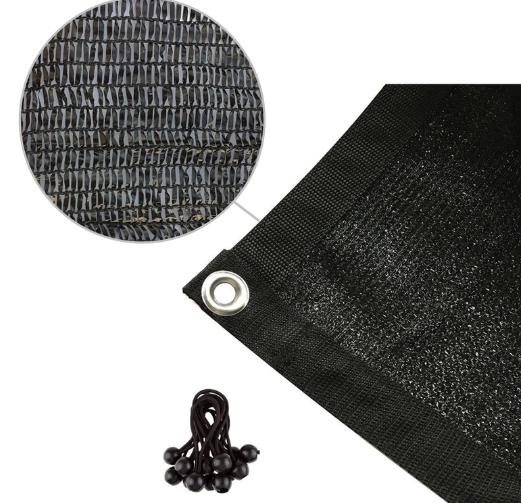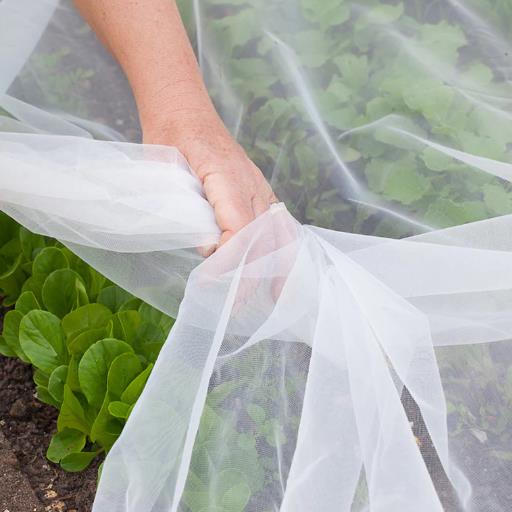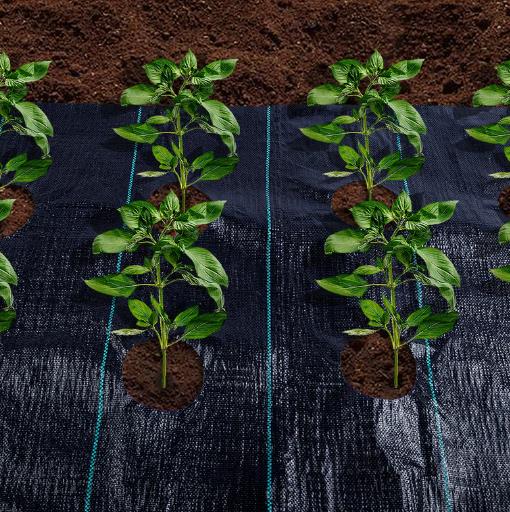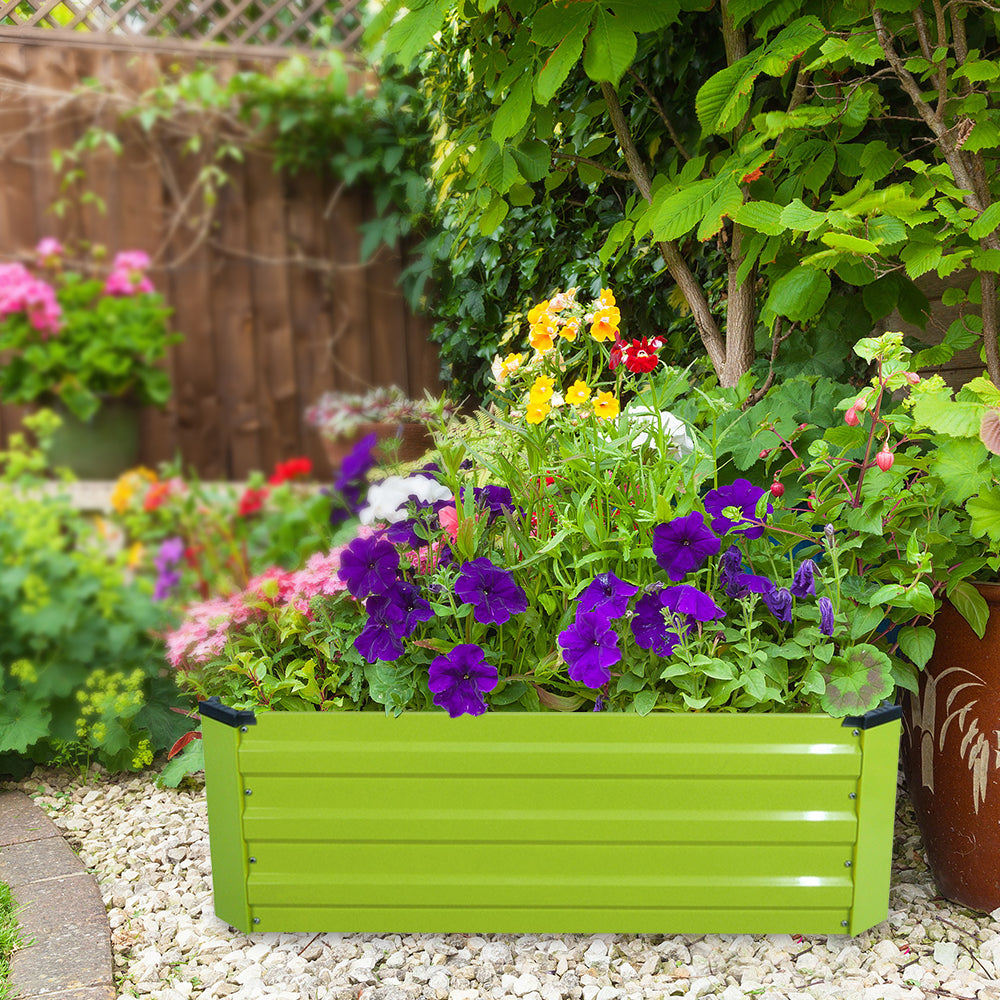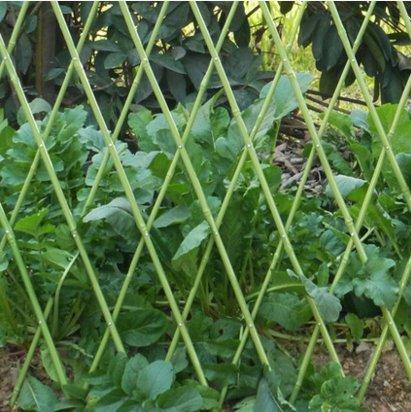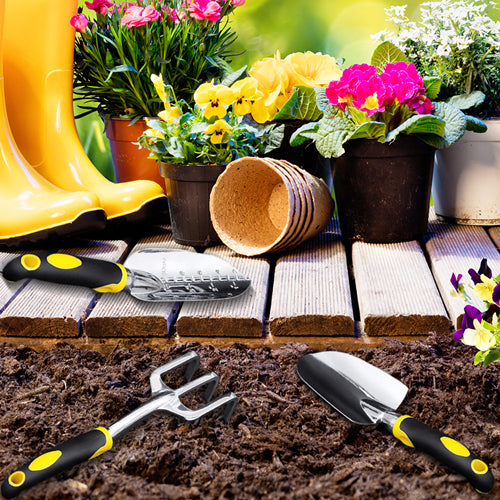
Top Tips for Mastering Insect Netting
- It can effectively prevent insects. After covering withinsect net, it can basically avoid many pests such as cabbage caterpillar, diamondback moth and aphids. Covering agricultural products with insect nets can effectively protect them from damage by various pests such as cabbage caterpillar, diamondback moth, cabbage exigua, Spodoptera litura, yellow flea beetle, ape leafworm, aphids and other pests. According to tests, insect nets are 94-97% effective against cabbage caterpillars, diamondback moths, cowpea pod borers and American leafminers, and 90% effective against aphids.
- It can prevent diseases. The spread of viruses will have disastrous consequences for greenhouse cultivation, especially aphids. However, after the insect net is installed in the greenhouse, the virus transmission route of pests is cut off, which greatly reduces the incidence of viral diseases, and the control effect is about 80%.
- Adjust the air temperature, soil temperature and humidity. In the hot season, white insect nets are used to cover the greenhouses. Tests show that in the hot July-August, in the 25-mesh white insect nets, the morning and evening temperatures are the same as those in the open field, while the midday temperatures on sunny days are about 33.8 degrees Celsius lower than those in the open field. . In early spring from March to April, the temperature inside the shed covered with insect nets is 33.8-35.6 degrees Fahrenheit higher than that in the open field, and the 2-inch ground temperature is 32.9-33.8 degrees Celsius higher than that in the open field, which can effectively prevent frost. In addition, insect nets can prevent a small amount of rainwater from falling into the greenhouse, reduce field humidity, reduce vegetable disease, and reduce water evaporation in the greenhouse on sunny days.
- Has shading effect. The intensity of light in summer is high, and strong light will inhibit the vegetative growth of vegetables, especially leafy vegetables, and insect nets can play a certain role in shading.
Insect nets are shaped like window screens and have high tensile strength, UV resistance, heat resistance, water resistance, corrosion resistance, aging resistance and other properties. They are non-toxic and tasteless and have a service life of generally 4-6 years, up to 10 years.
Precautions
- Before sowing or planting, use a high-temperature greenhouse or spray low-toxic pesticides to kill parasite pupae and larvae in the soil.
- When planting the seedlings, it is best to bring medicine into the shed and select strong plants free of diseases and insect pests.
- Strengthen daily management, keep the greenhouse door tightly closed when entering and exiting the greenhouse, and check the relevant equipment before carrying out agricultural operations.
Disinfect the objects to prevent the introduction of viruses to ensure the effectiveness of the insect net.
- Always check whether there are any tears in the insect net. Once found, repair them in time to ensure that no pests invade the greenhouse.
- Ensure coverage quality. The insect net must be fully enclosed and covered, tightly pressed with soil on all sides, and firmly fixed with lamination lines; insect nets must be installed on the doors entering and exiting the large and medium sheds and greenhouses, and be sure to close them immediately when entering or exiting. When covering cultivation with insect nets in small arch sheds, the height of the sheds should be significantly higher than the crops to prevent vegetable leaves from clinging to the insect nets to prevent pests from feeding outside the nets or laying eggs on the vegetable leaves. There should be no gaps between the insect net used to seal the air vents and the transparent covering to avoid leaving entry and exit channels for pests.
- Comprehensive supporting measures. In addition to insect net coverage, better results can be obtained by combining comprehensive supporting measures such as disease-resistant and pest-resistant varieties, heat-resistant varieties, pollution-free package fertilizers, biopesticides, pollution-free water sources, micro-spraying and micro-irrigation.
- Use and keep properly. After the insect net is used in the field, it should be collected in time, washed, dried and rolled up to extend its service life and increase economic benefits.
Physical control and biological control have the advantages of not polluting the environment, being safe for crops, humans and animals, and food. As a type of physical control, insect nets are a need for future agricultural development. I hope more gardeners can master this method. , to achieve better economic and environmental benefits.
As a professional insect net manufacturer, Agfabric specializes in the production of various insect nets, anti-mosquito nets, and insect nets for vegetable greenhouses. Click on the link to learn more about our products: https://www.gardenport.com/. The products are widely used in vegetable greenhouses and animal breeding to prevent diseases caused by mosquitoes and flies. The use of insect nets will also reduce pesticide contamination of vegetables and fruits, which promotes the need to promote the use of insect nets.


